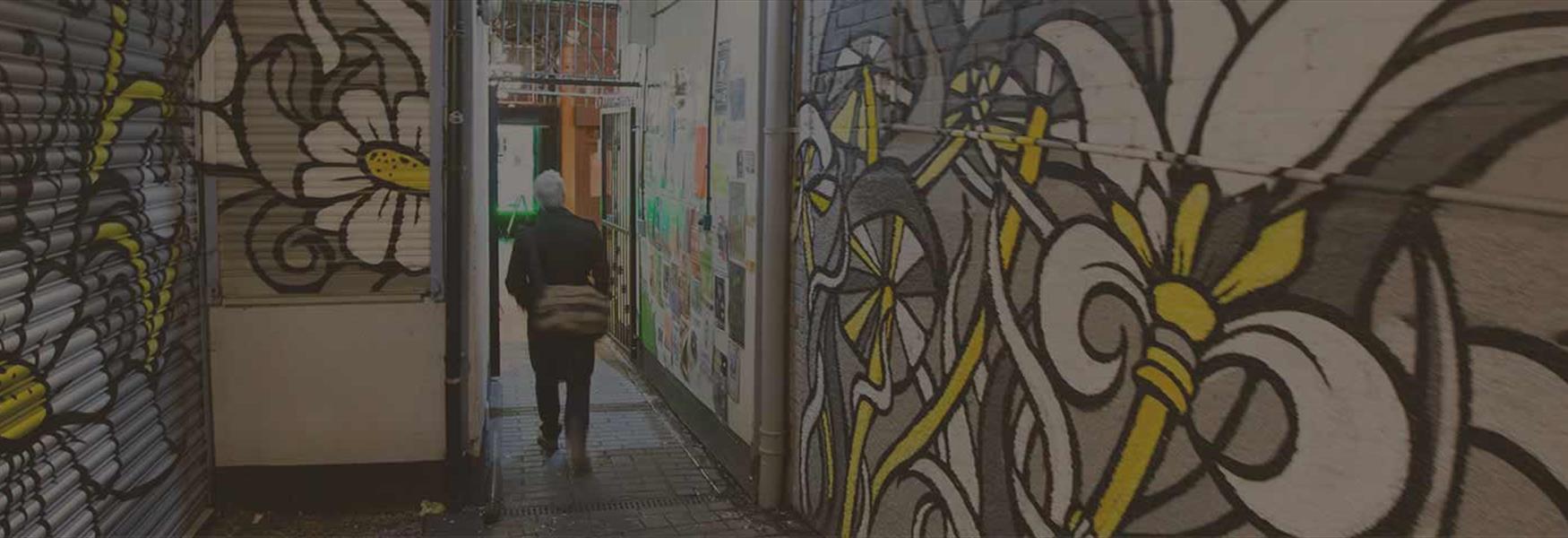This year we are marking 200 years since the anniversary of Lord Byron's death in Greece, on 19th April 1824. To celebrate this anniversary, we've rounded up some fantastic ways to remember this acclaimed poet.
While Nottingham and Nottinghamshire was home to the Byron family throughout history, it is the infamous poet and pioneer, the 6th Lord Byron, who most think of in the first instance.
So, who is Lord Byron? The 6th Lord Byron is widely known as one England's most famous poets, and one of the leading figures in the Romantic movement of 1798 - 1837. Often regarded as one of the first celebrities of the modern age, his devoted fans even followed him throughout Europe after he was driven from England as a result of salacious scandals and rumours.
Get closer to Byron than ever before on your next visit to Nottinghamshire and join in with some of the fantastic events and attractions which mark this anniversary throughout 2024. His gravesite remains in Nottinghamshire to this day, as well as a host of attractions and sights where you can get closer to the man and the legend himself. Keep reading to find out more!
Newstead Abbey is one of the ancestral homes of the Byron family. A former monastery, it was awarded to the Byron family in 1540 by Henry VIII after the Dissolution of the Monasteries. Our Lord Byron lived at Newstead Abbey between the years of 1808 and 1814 and still remains is littered with remnants of this infamous poet to this day.
The Byrons inherited Colwick Hall in 1362 after the death of William de Colwick and the marriage of his daughter Joan. They lived at the Hall for over 150 years until the 1660s, when they moved to Newstead Abbey. Now a hotel, the original dining room has been redesigned as Byron’s Brasserie paying homage to the famous poet whose ancestral home Colwick Hall is.
St Mary Magdalene Church
Lord Byron and his daughter Ada Lovelace (mathematician and writer known for her work on Charles Babbage’s early mechanical computer), are interred within the church in the Byron family vault at St Mary Magdalene's Church in Hucknall. Visitors from around the world make pilgrimages to Hucknall to see Byron's last resting place and learn about his life and works. Don't forget to look out for the nearby statue of him opposite the main entrance of the church, above a modern converted shop.
To celebrate the Bicentenary on Friday 19th April 2024, Hucknall will be unveiling Street names outside the Half Moon Pub.
Before living at Newstead Abbey, Byron lived at Burgage Manor in Southwell from 1803 - 1808. He resided there with his mother on school vacations from Harrow School and Cambridge University, and it is thought this is where he first started writing. Lord Byron once claimed that "I shall never be so happy again as I was in old Southwell."
His first few works were even published in the nearby Market Town of Newark! These works included 'Hours of Idleness', published in 1807 by Ridges of Newark, which helped to make him famous. There is also evidence to suggest that we wrote some material for the local theatrical productions, and he is believed to have carved his own name on the roof of Southwell Minster, such was his prolific footprint on the town.


